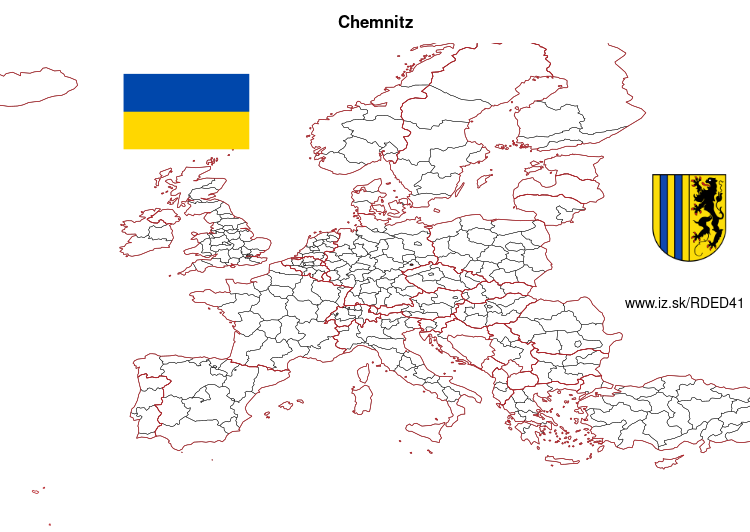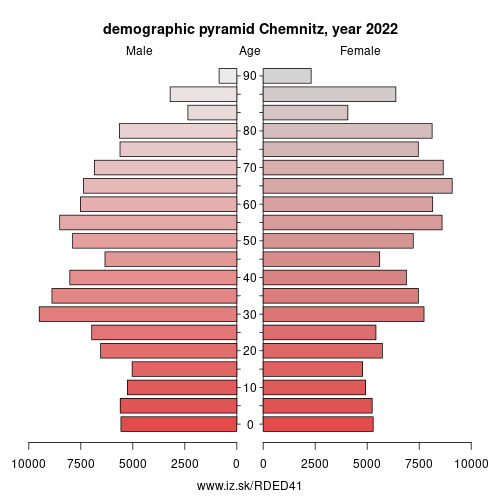- About us»
- Net income calculator»
- Population aging»
-
- Least developed regions»
-
- Average wage
- Material need benefits
- Meal allowance
- Counties of Slovakia
- Inflation
- Living and Subsistence Minimum
- Unemployment of Czechia and Slovakia
- NACE Classification
-
- Life expectancy
- Gender differences
- Youth unemployment and NEET
- Minimum wage in EU
- Unemployment rates of different age groups
- Share of salaries on GDP
- Unemployment rate
- Long term unemployment
- Percentage of employees ususally working at nights
- NEET
- Employment rate
-
- Bratislava and surroundings
- Kopanice
- Danube river
- lower Vah river
- middle Vár river
- upper Nitra river
- lower Nitra river
- Mining cities
- Kysuce a Orava
- upper Vah river - Liptov
- Spiš cities
- upper Hron river
- Juhoslovenská kotlina
- Košice fold and Torysa river
- upper Zemplín
- lower Zemplín
- EU regions
- NUTS3 regions of Slovakia
- LAU1 dataset
-
- Projects and activities
- Inclusive growth»
- Good work
- Project SKRS
- Social system – reality and vision
-
- Education of unemployed
- Young unemployed not taking part in education
- Proposal to change the system of education funding
- Library
- News»
- Contact
Chemnitz – DED41
EU regions: Germany > Saxony > Chemnitz Government Region > Chemnitz

| Indicator | Period | Value |
|---|---|---|
| Gross domestic product | ||
| GDP per capita in PPS of EU average | 2022 | 104 |
More on wikipedia wikidata Q2795 on OpenStreetMap Chemnitz slovensky: DED41
Demographics
| Indicator | Period | Value |
|---|---|---|
| Demographics | ||
| number of inhabitants | 2024 | 245 150 |
| population density | 2023 | 1104.2 |
| old-age dependency ratio | 2024 | 47.2 |

Chemnitz (German: [ˈkɛmnɪts] (listen), from 1953 to 1990: Karl-Marx-Stadt; Upper and Lower Sorbian: Kamjenica; Czech: Saská Kamenice) is the third largest city in the German federal state of Saxony after Leipzig and Dresden. It is the 28th largest city of Germany as well as the fourth largest city in the area of former East Germany after (East) Berlin, Leipzig and Dresden. The city is part of the Central German Metropolitan Region, and lies in the middle of a string of cities sitting in the densely populated northern foreland of the Elster and Ore Mountains, stretching from Plauen in the southwest via Zwickau, Chemnitz and Freiberg to Dresden in the northeast.
Located in the Ore Mountain Basin, the city is surrounded by the Ore Mountains to the south and the Central Saxon Hill Country to the north. The city stands on the Chemnitz River (progression: Zwickauer Mulde→ Mulde→ Elbe→ North Sea), which is formed through the confluence of the rivers Zwönitz and Würschnitz in the borough of Altchemnitz.
The name of the city as well as the names of the rivers are of Slavic origin. Chemnitz is the third largest in the Thuringian-Upper Saxon dialect area after Leipzig and Dresden. The city's economy is based on the service sector and manufacturing industry. Chemnitz University of Technology has around 10,000 students.
Etymology
Chemnitz is named after the river Chemnitz, a small tributary of the Zwickau Mulde.
Other: Chemnitz Government Region, Zwickau, Chemnitz, Erzgebirgskreis, Vogtlandkreis, Mittelsachsen
Neighbours: Erzgebirgskreis, Zwickau, Mittelsachsen
Suggested citation: Michal Páleník: Europe and its regions in numbers - Chemnitz – DED41, IZ Bratislava, retrieved from: https://www.iz.sk/PDED41, ISBN: 978-80-970204-9-1, DOI:10.5281/zenodo.10200164

 Share
Share Facebook
Facebook Twitter
Twitter News
News